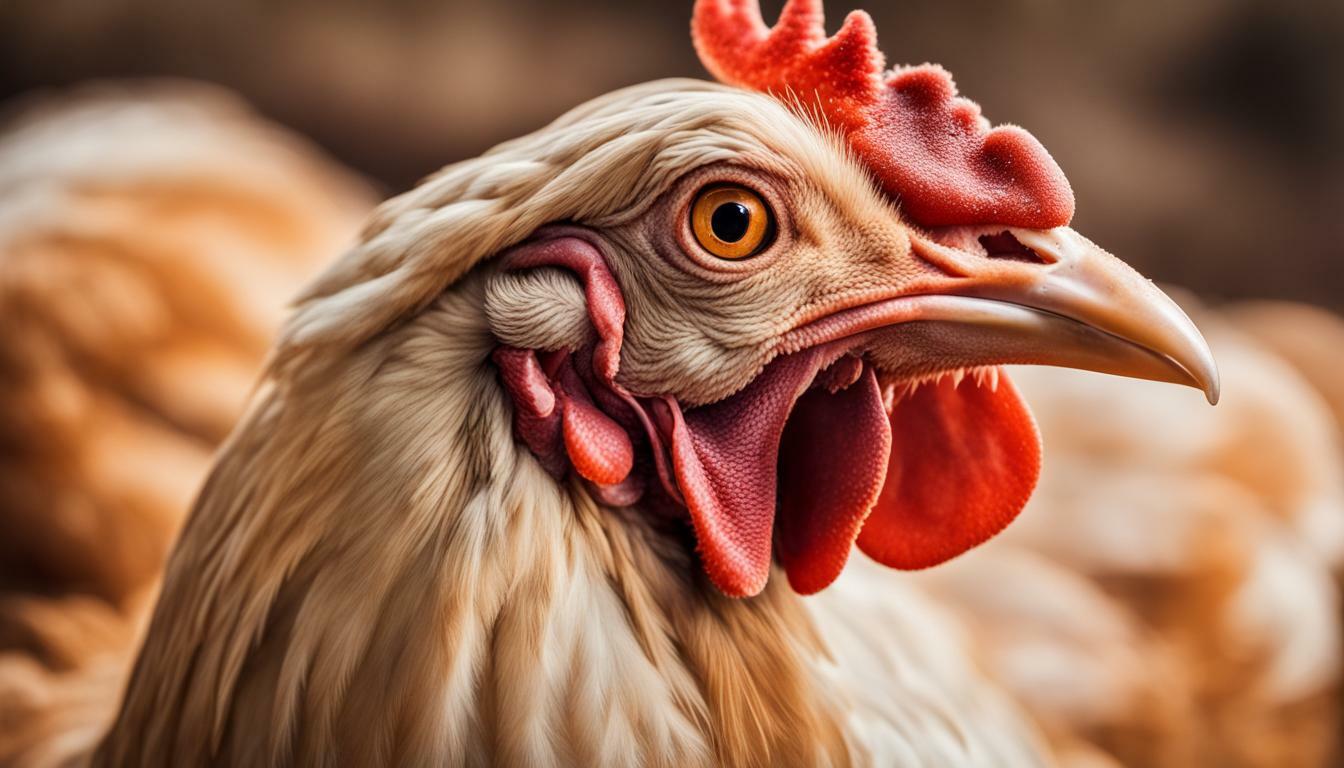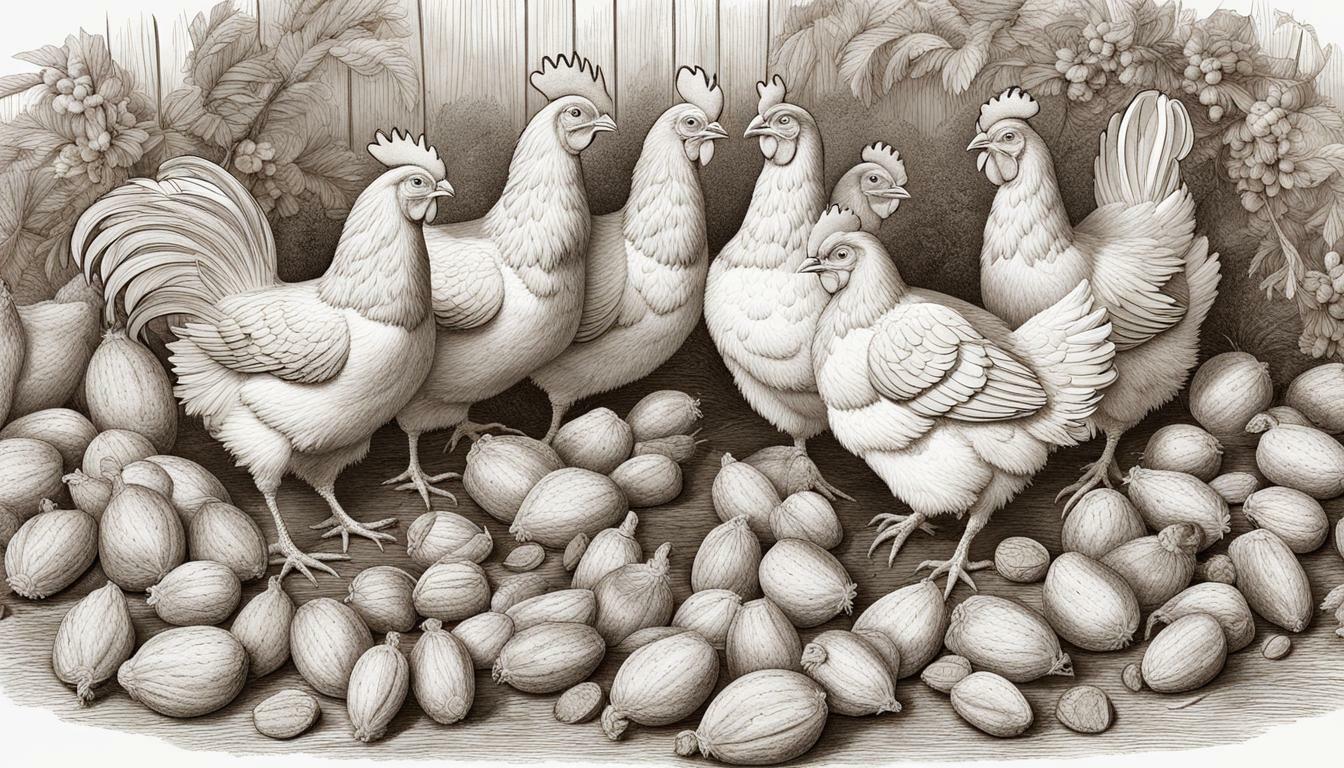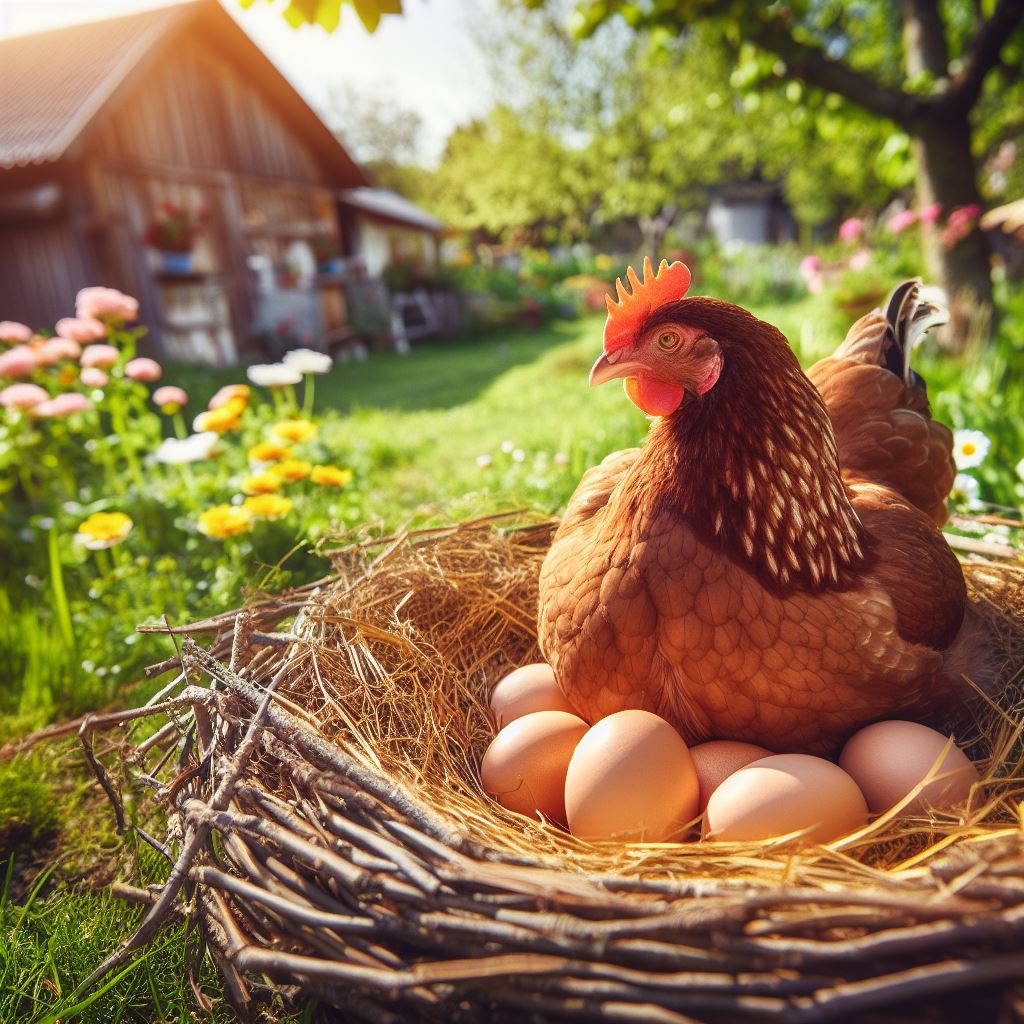Can Chickens Eat Crab Apples?
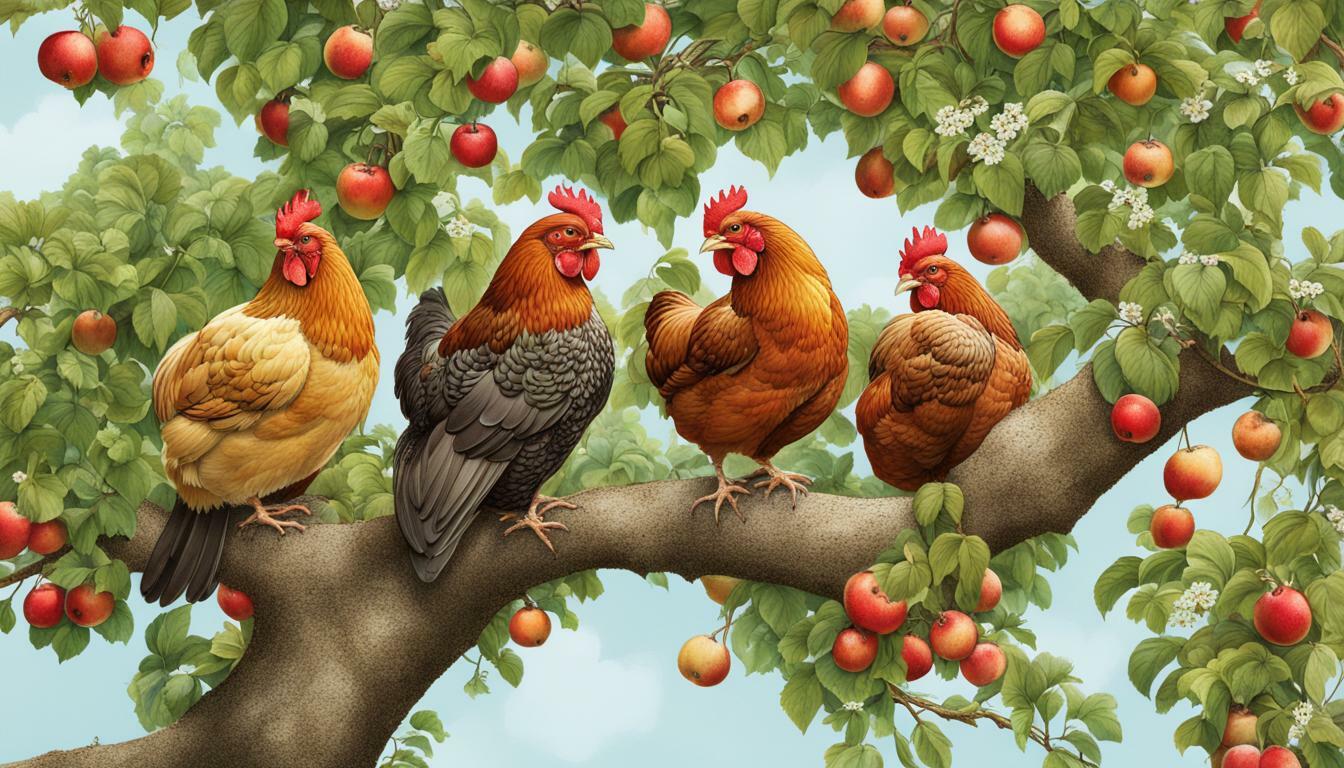
Table of content:
- Are Crab Apples Safe for Chickens to Eat?
- Can Chickens Eat Apple Seeds, Cores, or Peels?
- How Many Crab Apples Can Chickens Eat Per Day?
- Do Chickens Like Crab Apples? What Treats Do Chickens Enjoy?
- Why Are Crab Apples Good for Chickens? Nutritional Benefits
- Are Crab Apples Safe for Baby Chicks?
- Can Chickens Eat Rotten or Moldy Crab Apples?
- What Types of Apples Can Chickens Eat?
- How Should You Prepare Crab Apples for Chickens?
- How Much of a Chicken’s Diet Should Be Crab Apples?
- Can Chickens Choke on Crab Apples? Dangers
- Best Practices for Feeding Chickens Crab Apples
- Frequently Asked Questions
- Conclusion
Can chickens eat crab apples? Crab apples make a nutritious and delicious treat for backyard chickens. In moderation, most chickens enjoy pecking at these tiny fruits. However, chickens cannot subsist on crab apples alone. Read on to learn everything you need to know about feeding crab apples to chickens.
Key Takeaways:
- Crab apples are safe for chickens to eat in moderation as an occasional treat.
- The flesh, seeds, and peel of crab apples contain vitamins, nutrients, and fiber chickens can benefit from.
- Only feed chickens ripe, fresh crab apples. Rotten or moldy crab apples could cause illness.
- Too many crab apples may cause diarrhea or other digestive issues. Limit treats to 10% of daily diet.
- Chop large crab apples into chicken-sized pieces to prevent choking. Avoid stems, pits, and seeds.
- Provide a balanced diet with layer pellets, grains, veggies, and calcium for optimal chicken health.
The short answer is yes, chickens can safely eat crab apples as an occasional treat. Crab apples offer vitamins, nutrients, and fiber that chickens can benefit from. However, chickens should not eat crab apples exclusively.
Crab apples are one of many garden fruits, vegetables, and treats that flock owners enjoy sharing with their chickens. Along with moderation, proper preparation of crab apples can help chicken owners avoid potential issues.
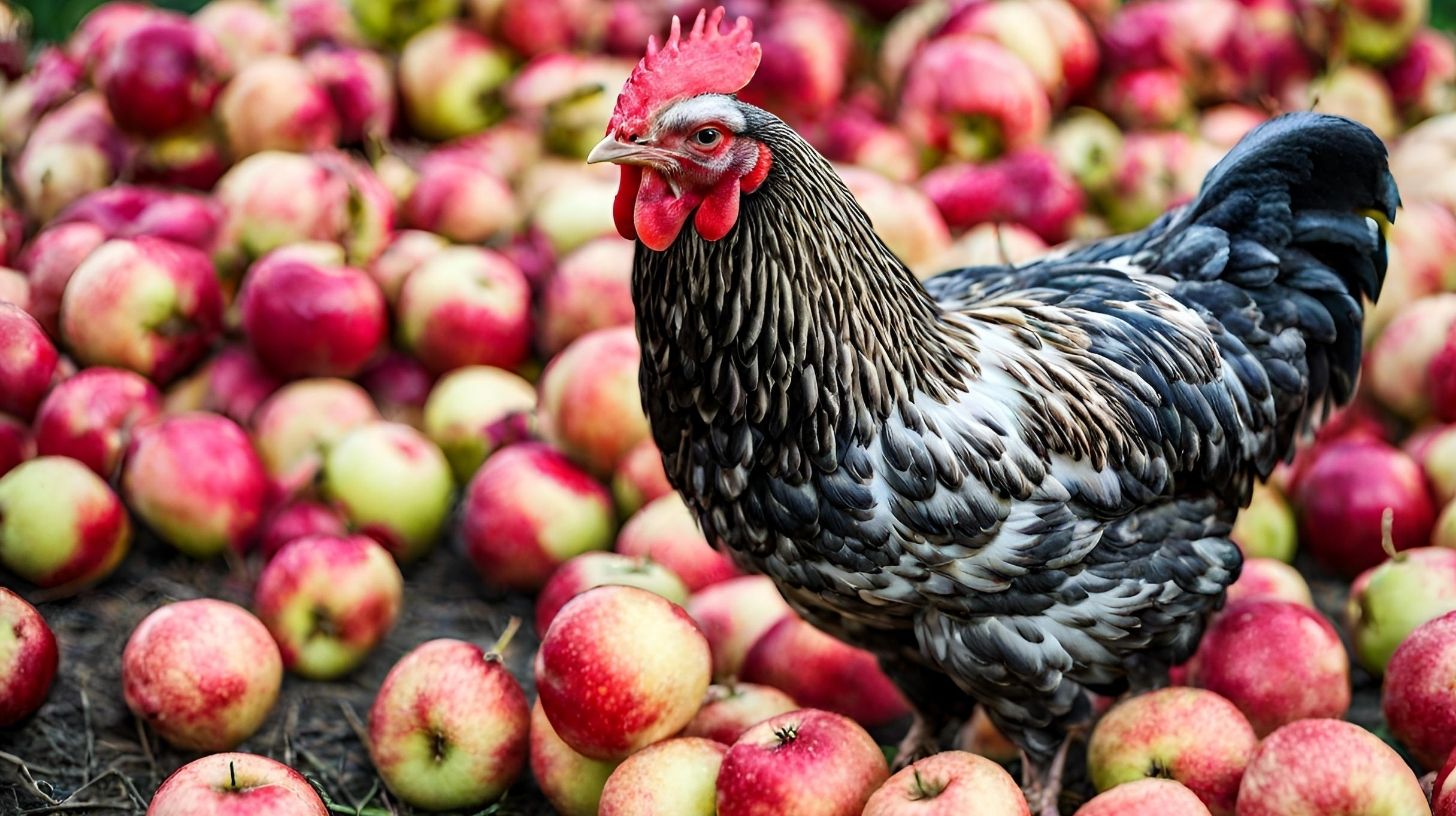 Are Crab Apples Safe for Chickens to Eat?
Are Crab Apples Safe for Chickens to Eat?
Crab apples are not poisonous or toxic to chickens. Both the flesh and peel of crab apples contain beneficial nutrients. However, chickens should only eat ripe, fresh crab apples. Rotten, moldy, or damaged crab apples could cause illness if consumed.
Here are some quick facts on the safety of crab apples for backyard chickens:
- Ripe & Fresh: Only offer chickens ripe, fresh crab apples right off the tree. Avoid bruised or damaged fruit.
- Flesh & Peel: The flesh and peel of crab apples are safe for chickens to eat. Both contain beneficial nutrients.
- Seeds & Stems: Apple seeds contain trace levels of cyanide. Remove seeds, stems, and pits before feeding apples.
- Rotten or Moldy: Do not feed chickens rotten, moldy, or fermented crab apples, which can harbor toxins.
- Moderation: Although safe, too many crab apples could cause diarrhea. Limit to occasional treats.
Always closely examine crab apples before tossing them into the chicken run. It is better to be safe than sorry and avoid feeding questionable fruit to backyard flocks.
Can Chickens Eat Apple Seeds, Cores, or Peels?
The seeds, cores, and peels of fresh apples contain valuable nutrients and fiber for chickens. However, apple seeds do contain a small amount of cyanide. While a few apple seeds likely will not harm chickens, it’s best to remove seeds before feeding apples.
Here is an overview of each crab apple part and its safety for chickens:
- Seeds: Contain trace cyanide. Best to remove seeds before feeding apples to chickens.
- Cores: Safe for chickens to eat. Cores contain fiber. Can help deter boredom.
- Peels: Peels are safe and contain good nutrients. No need to peel apples for chickens.
- Stems & Pits: Remove stems, sticks, and pits before feeding apples to prevent choking.
The flesh of apples contains the most nutrients and sugars. While peel and cores provide beneficial fiber, vitamins are most concentrated in the flesh or meat of the apple.
When preparing crab apples for chickens, be sure to chop or mash any large chunks into bite-sized pieces. Slice larger apples into smaller pieces that chickens can comfortably swallow.
How Many Crab Apples Can Chickens Eat Per Day?
Chickens should only eat crab apples in moderation as an occasional treat. Too many crab apples could lead to diarrhea or other digestive upset in chickens.
As a general rule of thumb, treats like fruit should not make up more than 10% of a chicken’s daily diet. Here are some tips on how many crab apples chickens can safely consume:
- 10% Rule: Treats should be no more than 10% of daily feed.
- Occasional Treats: Limit crab apples to a few times per week at most.
- Watch for Diarrhea: Decrease quantity if crab apples cause loose droppings.
- Free-Range Chickens: May naturally eat more if foraging on windfall apples.
- Varied Diet: Offer a variety of fruits and vegetables for treat diversity.
The optimal amount depends on the size and number of chickens in your flock. Observe your chickens after feeding crab apples and adjust quantities if issues arise.
Offering a wide variety of treats can help curb boredom and provide flock variety. Some other fruits and veggies chickens enjoy include melons, berries, squash, peas, and leafy greens.
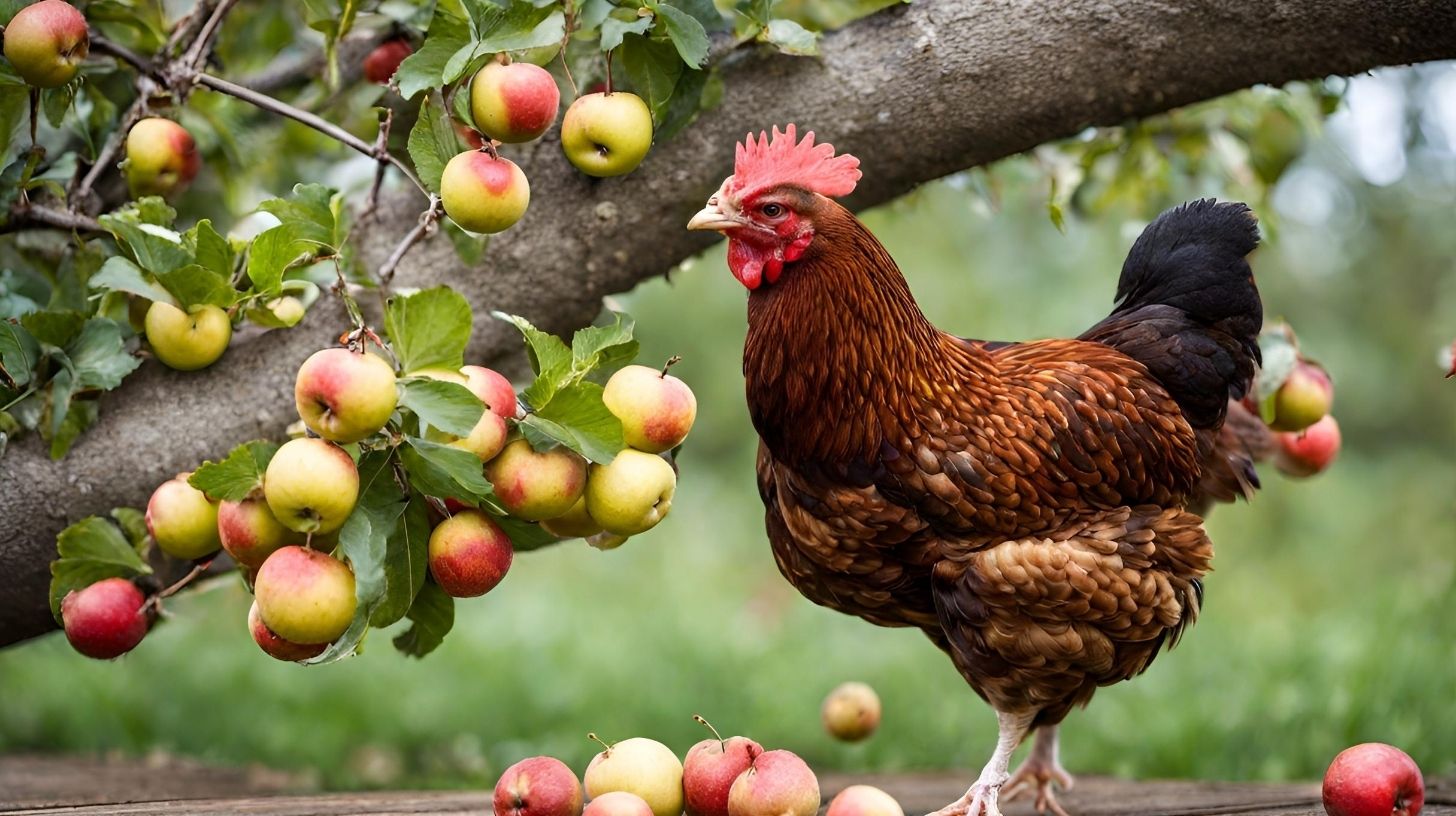 Do Chickens Like Crab Apples? What Treats Do Chickens Enjoy?
Do Chickens Like Crab Apples? What Treats Do Chickens Enjoy?
Most chickens love pecking at fresh fruits like crab apples when offered as the occasional treat. Backyard chickens relish kitchen scraps and garden produce in addition to their standard feed ration.
Here are some other common fruits, vegetables, and treats chickens enjoy:
- Fruits: melons, berries, bananas, peaches, plums, citrus, mango.
- Veggies: squash, cucumbers, tomatoes, greens, broccoli, carrots.
- Treats: mealworms, plain yogurt, cooked eggs, oats.
Chickens have individual tastes and preferences just like people. Not every chicken may favor every treat. Monitor which items your flock favorites and continue to offer a diverse mix.
Always introduce new foods slowly and in moderation to allow chickens’ digestive systems to adjust. Don’t overwhelm your chickens with too many new goodies at once.
Why Are Crab Apples Good for Chickens? Nutritional Benefits
In moderation, crab apples make a nutritious supplement to a chicken’s diet. Crab apples contain vitamins, minerals, and antioxidants chickens can benefit from.
Here are some of the nutrients and nutritional benefits crab apples offer:
- Vitamin C: Supports immune health and antioxidant activity.
- Fiber: Peels and pulp aid digestion and deter boredom.
- Potassium: Essential mineral for nerves, muscles, and metabolism.
- Antioxidants: Polyphenols, flavonoids, and carotenoids fight cell damage.
- Low Calories: Provides nutrients without a lot of extra calories.
- Phytonutrients: Apples contain over 100 phytonutrients with health benefits.
The vitamins, fiber, and phytochemicals in crab apples make them a nutritious fallback food for free-range chickens foraging natural diets. Owners of confined flocks can replicate some of the variety with garden windfalls and kitchen scraps.
Always provide a base diet of quality layer feed and treats like crab apples in moderation. Limit fruits and veggies to less than 10% of total feed.
Are Crab Apples Safe for Baby Chicks?
Baby chicks under 6 months old should not eat whole crab apples. A chick’s digestive system is too delicate to handle the skin, flesh, and seeds until closer to adulthood.
Here are some tips on feeding fruits like crab apples to baby chicks:
- Wait until 6 months old for whole fruits.
- Offer chick-sized pieces of soft flesh only.
- Remove all peel, skin, seeds, and pits first.
- Introduce new treats slowly and sparingly.
- Provide extra grit to aid digestion.
The best treats for baby chicks are hard boiled eggs, oats, lentils, seeds, and occasional yogurt. Provide baby chicks a quality starter feed appropriate for their age and breed.
Once chicks reach maturity around 6 months old, they can begin enjoying whole fruits like crab apples. Take care to introduce new foods slowly to allow their digestive systems to adjust.
Can Chickens Eat Rotten or Moldy Crab Apples?
Chickens should never eat rotten, moldy, or bruised crab apples. Decomposing apples can harbor dangerous bacteria, fungi, and toxins. Consuming spoiled crab apples could make chickens very sick.
Signs an apple is too rotten or moldy to feed chickens include:
- Soft, mushy, or slimey texture
- Visible patches of mold
- Strong fermented smell
- Brown or black bruising
Even if part of an apple looks fine, it is safer not to take chances. The entire apple should be firm, fragrant, and free of any discoloration or decay.
Prevent chickens from foraging old fallen apples in the orchard. Rotting apples quickly become unfit for consumption on the ground. Remove old fruit debris and install fencing if needed.
Only offer chickens fresh, tree-ripened fruit. Promptly collect any windfall apples before they spoil. Refrigerating freshly picked apples can preserve them longer.
What Types of Apples Can Chickens Eat?
Chickens can safely eat most varieties of apples. Popular cooking apples chickens enjoy include Gala, Fuji, Braeburn, Honeycrisp, and Granny Smith.
Some apple varieties to selectively limit for chickens include:
- Crabapples: Moderate due to small size and moderate acidity.
- Red Delicious: Limit due to thick skins more prone to lodging in crops.
- Bramley: High acidity could irritate some chickens. Go easy.
- McIntosh: Soft flesh bruises and spoils more quickly. Promptly collect windfalls.
Always examine apples before feeding them to chickens. Cut larger apples into smaller pieces and remove any seeds, stems, or bruised spots.
Avoid feeding chickens the core or seeds from apple varieties with larger seeds like cherries, peaches, apricots. These fruit pits contain higher concentrations of toxins.
How Should You Prepare Crab Apples for Chickens?
Proper preparation of crab apples helps ensure chickens can digest them easily and safely. Here are some tips:
- Wash thoroughly to remove dirt and chemical residues.
- Chop large apples into bite-sized pieces for chickens.
- Remove all seeds, stems, pits, and apple cores.
- Mash softer apple varieties into smaller chunks.
- Refrigerate freshly picked apples to preserve longer.
- Compost overly rotten or moldy apples; do not feed to chickens.
It is not necessary to peel apples for chickens as the skins provide fiber. But do consider peeling overripe apples or softer varieties prone to quick spoilage, like McIntosh.
Monitor your chickens after first feeding them crab apples. Adjust the quantity fed if the apples seem to cause diarrhea or other digestive upset.
How Much of a Chicken’s Diet Should Be Crab Apples?
Crab apples should make up no more than 10% of a chicken’s total daily diet. They should be fed as occasional treats 2-3 times per week at most.
Here is a quick summary of how much crab apple and other fruits/treats to feed chickens:
- Main Diet: 80-90% grain-based feeds and pelleted ration
- Vegetables: 5-10% leafy greens, garden produce
- Fruits/Treats: No more than 10% apples, berries, melons
Free-range chickens will naturally eat more fruit from foraging windfalls. Monitor treat intake if loose droppings develop.
Overloading chickens with excess treats can diminish their appetite for balanced feed. Stick to the 10% treat rule and provide a variety of fruits, veggies, and people foods for a diverse, nutritious diet.
Can Chickens Choke on Crab Apples? Dangers
Improperly prepared crab apples do pose some choking hazards for chickens. Chickens may gulp down pieces that are too large or whole fruits that get lodged in their crop.
To prevent chickens from choking on whole crab apples:
- Chop larger fruits into smaller pieces.
- Remove all seeds, stems, and leaf debris.
- Monitor eating and remove uneaten fruit.
- Consider mashing softer apple varieties.
- Prevent gorging by offering treats sparingly.
In addition to choking, excess crab apples could lead to crop impaction or diarrhea. Always feed crab apples in moderation as part of a balanced diet.
Free-range chickens naturally eat fallen fruit with less risk of overindulging. Flock owners should pay close attention to treat intake for confined chickens and properly prepare fruits.
 Best Practices for Feeding Chickens Crab Apples
Best Practices for Feeding Chickens Crab Apples
Follow these best practices for safely feeding crab apples as an occasional treat:
- Select ripe, fresh crab apples free of rot or mold.
- Wash thoroughly and remove all seeds, stems, and pits.
- Chop larger fruits into bite-sized pieces for chickens.
- Introduce new foods slowly and in moderation.
- Limit treat intake to less than 10% of daily diet.
- Monitor for adverse reactions like diarrhea or choking.
- Promptly remove uneaten fruit from enclosure.
- Maintain a balanced diet with layer feed and supplements.
Crab apples are one of many nutritious fruits, vegetables, and treats chickens relish as part of a varied diet. By following these feeding tips, chicken owners can safely provide apples as a healthy supplemental food.
Frequently Asked Questions
Can chickens eat apple cores or seeds?
Apple cores are safe for chickens to eat in moderation. But apple seeds contain a small amount of cyanide and should be removed if possible. A few seeds should not harm chickens.
What happens if chickens eat too many crab apples?
Overeating crab apples could give chickens diarrhea or upset digestion. Limit crab apples to occasional treats less than 10% of daily diet.
Do chickens like sweet or sour apples?
Chickens enjoy both sweet and tart apple varieties. Most chickens seem to favor sweeter apples like Fuji or Gala. But crab apples add beneficial variety.
Should crab apples be cooked before feeding to chickens?
No, chickens can safely eat raw, fresh crab apples. Cooked or dried apple treats are also nutritious options for supplemental feeding.
Can baby chicks eat chopped crab apples?
Baby chicks under 6 months old should not eat crab apples. Wait until chicks mature before giving small pieces of flesh only.
Conclusion
Crab apples make a safe, nutritious supplemental feed when fed to chickens in moderation. Their nutrients, fiber, and antioxidants provide benefits to chickens as part of a balanced diet. Follow proper preparation methods and feed crab apples sparingly to minimize risk of choking or digestive upset.
Maintain chickens’ main diet of layer feed while providing a diverse mix of fruits, vegetables, and treats like fresh crab apples for optimal nutrition and flock health.
Welcome. I’m Adreena Shanum, the proud owner of this website, and I am incredibly passionate about animals, especially poultry. I founded adreenapets.com as a labor of love, stemming from my desire to share my knowledge and experiences with poultry enthusiasts worldwide.


